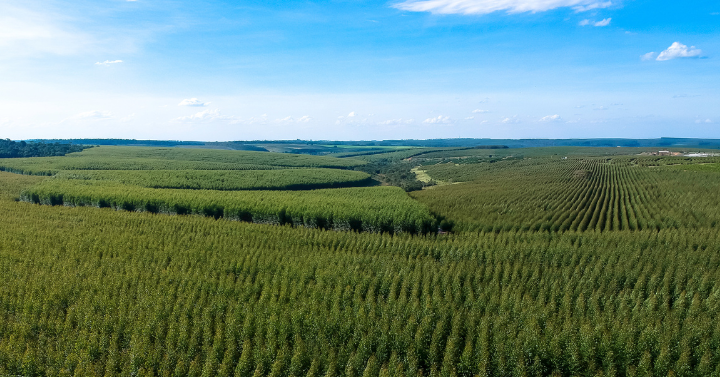The global market for industrial vegetation management pesticides, including herbicides, insecticides, algaecides, and plant growth regulators, has experienced significant market fluctuations recently. These include products used to manage vegetation on range and pastureland where cattle graze, forests, aquatic areas, electric utilities, and pipelines, along with roadways and railroads. Since the pandemic, the market for IVM pesticides has experienced sharp fluctuations in the costs of raw materials, and therefore, passed on steep price increases to their customers.
In the United States, this has led to rapid growth in the market since 2019, in value terms. The overall price of herbicides increased over the last three years due to supply chain disruptions in 2020 caused by the pandemic. Shortage of raw materials, increased freight cost, delayed transportation, and logistical support were significant factors that contributed further to the increased price. Demand for acre treatments was significantly affected by the drought that occurred during 2021-2022, where acre treatments of some products were estimated to have been reduced by 40% to 50%. Therefore, even though the overall acre treatments decreased in 2022 compared to 2019, herbicide sales increased due to product price increases.
In Brazil, the market for IVM pesticides has also increased in terms of value. The prices of a few pesticides used for industrial vegetation management are two times as much now as compared to prices before the pandemic. However, there are also other phenomena driving demand downward for these products in Brazil. First, the price of beef has declined recently in Brazil, which reduces cattle rancher profits, causing reduced spending on and usage of herbicides. When cattle ranchers need to cut expenditures, they sometimes resort to traditional, manual weed removal to save costs on herbicides. In both Brazil and the United States, there have been rather widespread drought conditions, which causes reduced demand for herbicides since less rain means less weed growth.
The forestry industry in Brazil, however, is booming driven by increased demand for paper, wood, and cellulose derived from wood pulp. There is a strong prevalence of eucalyptus trees and teak in Brazil’s forests, making the need to care for forests and manage unwanted vegetation paramount for keeping these valuable industries thriving.
Future growth for IVM products in these markets is expected, however, the price of beef has a direct correlation with the demand for pesticides used on rangeland and pastureland and could cause short-term declines in demand.
Kline has recently published Industrial Vegetation Management Market for Pesticides USA and is currently conducting research on these markets in Brazil and Mexico. These comprehensive market studies provide details into key market segments, including forestry, rangeland and pastureland, railroads, roadways, electric utilities and pipelines, and aquatic areas. Subscribers receive detailed written reports and an interactive database with sales values and sales volumes by country, end-use segment, supplier, product, and active ingredient. Kline’s research is primarily based on in-depth discussions with knowledgeable professionals at pesticide suppliers, distributors, trade associations, and government agencies, as well as those in charge of forest maintenance. In the United States, Kline also conducts detailed structured surveys with end users. For more information, contact us.

